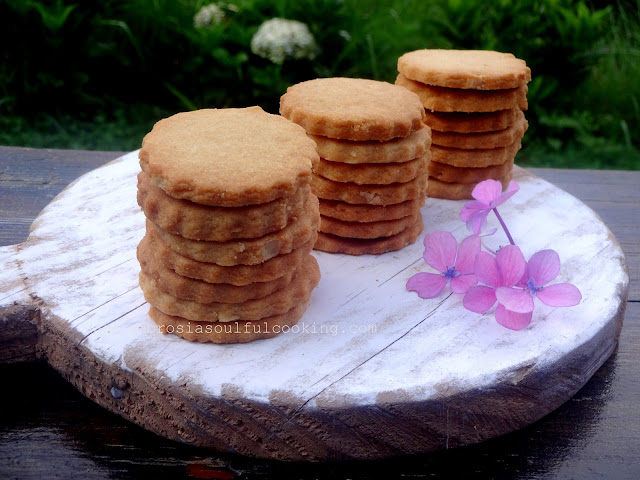Monsoons have finally arrived in our part of the Earth and all the miseries inflicted by the seemingly unending summers are forgotten. Everything comes to an end and every end has a new beginning. This is the law of nature. Birds, beasts and all the creatures are reveling and the beauty of the rain washed landscape has lifted the spirits of all the denizens.
Change in the climate has a profound influence on our dietary preferences. Some time ago, the curd was running out of stock in our home. As temperatures have come down, curd has been lying in the refrigerator untouched. The craving to have curd has just disappeared.
I decided to celebrate as well, the end of sultry summers by baking a Lemon Cake. This recipe would also use the curd lying in the refrigerator.
Lemon cake is a very different kind of cake. Unlike other cakes, it has a subtle citrusy aroma and a tangy flavour. The slices are moist and melt in the mouth.
We have baked this cake several times. Whenever we have lemons from our tree, we love to bake this cake.
Lemon Cake (Eggless)
Ingredients
- 1 ¾ cup all-purpose flour
- 1 tsp baking powder
- 1/2 tsp soda bi-carb
- ½ cup castor sugar
- 1 ¼ cup curd
- 1/4 cup oil
- 3 tablespoons lemon juice
- zest of two lemons
Topping
- 1 tablespoon castor sugar
- 3 tablespoons lemon juice OR
- 1/4 cup icing sugar and 3 tablespoons lemon juice
Instructions
Preheat oven to 180 degrees C. Grease and line one 7 inch round cake pan or one 8 x 4-inch loaf pan.
Whisk together first three ingredients in a large bowl.
In another bowl, take next three ingredients. Beat till smooth.
Add lemon juice and zest.
Now slowly add dry ingredients. Stir to mix well. Do not stir for too long. There may be some lumps in the batter and that's ok.
Pour the batter into the prepared pan. Bake for 25-30 minutes
Check by inserting a skewer. If it comes out clean, the cake is done.
Remove from the oven and let it cool in the tin for 10 minutes and then transfer it to the cooling rack. For topping, mix 3 tablespoons of sugar and 3 tablespoons of lime juice and heat the mixture until sugar dissolves. Pour this topping on top of the cake. Leave it for two hours before eating.
Or, whisk icing sugar and lemon juice. Drizzle over the cake.
Or, whisk icing sugar and lemon juice. Drizzle over the cake.
Note: I used 1 cup whole wheat flour and ¾ cup refined flour. I used mineral sugar in place of white sugar.




.JPG)
.jpg)
.jpg)
.jpg)
.jpg)
.jpg)
.jpg)

.jpg)

.jpg) I use instant yeast for baking. Earlier, I used to work with dry yeast which is highly unpredictable. Many a times it has played spoilsport by refusing to become frothy. Instant yeast works well. The dough needs only one rising.
I use instant yeast for baking. Earlier, I used to work with dry yeast which is highly unpredictable. Many a times it has played spoilsport by refusing to become frothy. Instant yeast works well. The dough needs only one rising.



.jpg)
.jpg)

.jpg)






.JPG)
.JPG)
.JPG)

.JPG)

















